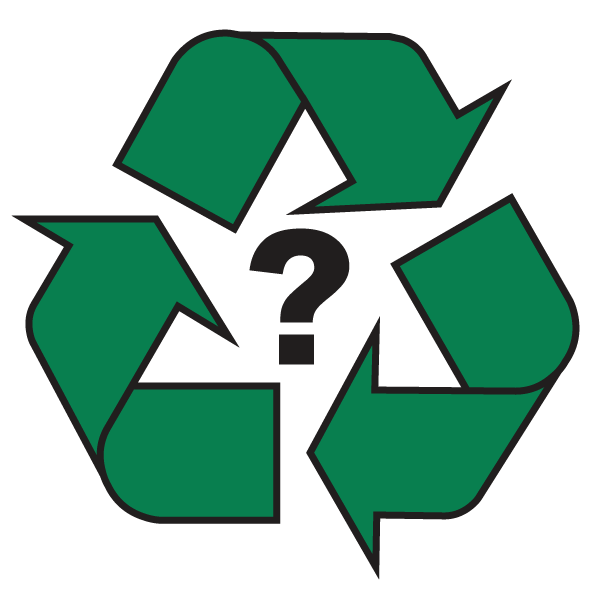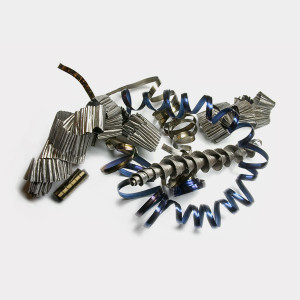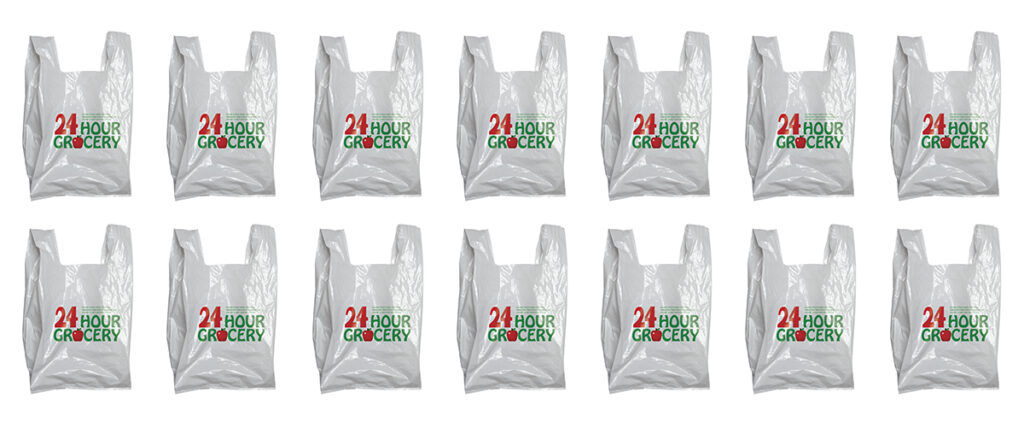
There is something amazing about a good waterproof jacket that keeps you dry through those wet and rainy days. However, without proper care you might find the water-resistant coating on your gear starting to fade, leaving you wet when you should be dry. Do not fret, we’re here to help.
What is DWR?
Durable Water Repellent (DWR) is a finish applied to the outside of winter outerwear to make it resist water. Unlike non-porous waterproof gear, gear with DWR is designed to “breathe,” letting excess body heat escape while also keeping you dry.
How to Keep DWR Working
To work well, your DWR coated gear needs to be washed every five to six uses. Dirt, oils and other debris reduce the effectiveness of the coating and will eventually allow moisture to get through your jacket. To wash your water-resistant jacket, consult the tag for care instructions. If you’re confused by the symbols on the tag, check out this simple guide. If the tag is missing or illegible, wash using cold water and a no-additive, scent-free detergent, either by hand or in a washing machine. Once clean, dry on low heat or hang to dry. Scented detergents or additives like fabric softener can reduce the effectiveness of the water-resistant coating.
Re-waterproofing
You will know it’s time to recoat your jacket when it immediately gets soaked in wet weather. First wash the jacket that needs recoating using the instructions above. Then use a spray-on DWR coating, being sure to apply to all exterior surfaces but none on the interior. Let it dry completely before venturing out into wet weather. If your jacket is leaking at a seam, you can usually fix it by re-taping the seam with waterproof seam tape.
When to Replace
When you start to notice the interior lamination of your jacket is coming apart, that is a sign that it’s time to replace it. Consider keeping old rain jackets for use as windbreakers. When you select your next outerwear layer, look for one with an eco-friendly fluorine-free DWR coating.


















